In tandem with its distinguished academics, athletics possess a prominent role within student life at Kent. With every student required to engage in an afternoon activity, sports often emerge as the activity of choice for many students, as the collaboration and competition are cherished aspects of the Kent experience. However, while Kent boasts an array of sports teams for both proficient and novice players alike, there exists a notable discrepancy when observing the availability of thirds teams. Unlike the principal varsity teams, representing the pinnacle of competition, and junior varsity teams, serving as a connection between novice and varsity levels, thirds teams offer unique points of entry targeted towards students seeking to develop athletic skills irrespective of prior experience. However, while boys athletic teams provide a number of opportunities to develop skills on thirds teams, Kents athletic offerings for girls lack this option.
When one looks deeper into the disparities surrounding the availability of thirds teams across genders, the contributing factors become apparent, specifically the abundance of offerings for girls in a given term. “For example, if you look at fall sports, we have more girl-specific sports this semester,” said Ms. Weeks, coach of Kents acclaimed girls varsity squash team. “We have only one football team, one boys specific team, yet we have two girls specific sports (in volleyball and field hockey) that are made up of four teams.”
Citing the overlap of athletes as a factor, Ms. Weeks further explains,“You’re not going to get that overflow like you would in a boys’ thirds soccer team with a girls’ third soccer team because they’re in field hockey and they’re in volleyball,” and therefore not sticking with only one option. Because female athletes are dispersed across various teams, the possibility of forming a concentrated thirds team for a singular sport is reduced. Thus, while boys’ sports may benefit from the overflow of athletes in facilitating the formation of thirds teams, the landscape for girls’ athletics is characterized by multi-sport involvement.
Mr. Barrett, Kent’s Athletic Director, similarly offered his insights on the matter. Shedding light on the dynamic interplay between student interest and athletic programs offered at Kent, Mr. Barrett explained that sports offerings, such as thirds teams, are subject to the ever-shifting and fluctuating currents of student interest. “To me,” he observes, “it is a very fluid, year-to-year evaluation of where interest levels are to make sure that the equity is there and we are providing opportunities for both boys and girls. The thirds team is definitely something that we look at on an annual and case-by-case basis depending on interest level.” Mr. Barrett underscores the importance of both monitoring and adjusting sports programs in order to meet the evolving interests of Kent’s student body.
Ms. Weeks’ perspective echoes that of Mr. Barrett, pointing out these fluctuations and possible absences of girls’ thirds teams are closely intertwined alongside factors such as enrollment and popularity of specific sports. “It varies from year to year with enrollment,” notes Ms. Weeks, “what sports are popular and what sports are not, while depending on incoming students and where they are from, whether international or domestic, and which sports are more popular than others.” Illustrating this dynamic, Ms. Weeks observes the significant and sudden increase in the interest of girls volleyball during the fall semester. As a particular sport gains interest among students, the Athletics Department must adapt to accommodate this surge in interest while conversely accepting that the maintenance of a thirds team for a specific discipline is not feasible if enrollment numbers dwindle.
Although Kent is actively considering the addition of girls’ third teams in order to accommodate heightened interest in a number of sports, both Mr. Barrett and Ms. Weeks emphasize the need for caution, since such additions must align with available resources and competitive opportunities. “We’ve got to be cautious,” notes Ms. Weeks. “Not only would we need to find the coaches and resources in order to bring an extra team in, but we would have to find the appropriate gameplay for them while simultaneously maintaining a certain level of competitive play.” Kent’s commitment in providing equitable opportunities remains steadfast, yet practical realities centered on managing resources and scheduling logistics remain ever-present. “I am always going to try and find a way to provide those additional opportunities if we can find them,” says Mr. Barret, “but one of the biggest challenges when you continue to add teams is making sure we are smart with the facility plan behind it.”
Mr. Barrett and Ms. Weeks similarly emphasize the holistic view Kent takes when observing its athletic program. Ms. Weeks notes, “with Kent, we look not specifically at Varsity teams, JV teams, or third teams. We look at the program overall; it is our Soccer Program, our Field Hockey Program, or our Squash Program. We look at the program specifically and want to be making sure that we are doing the best thing for the school as far as levels of participation.” Mr. Barrett reinforces this approach, noting that at the crux of Kent’s strategy lies an unfaltering commitment to the comprehensive well-being of all student athletes, regardless of specific team or discipline.
As the school continues to navigate the shifting tide of athletic interests, and subsequently, the addition of thirds teams for girls athletics, the guiding principle remains clear: “Everything to me,” says Mr. Barrett, “is making sure our student athletes are having as positive of an experience as possible. That is the driving force of who we are in athletics and all co-curriculars.” Although various factors play a pivotal role in shaping the availability of thirds teams across genders, specifically in girls sports, Kent remains dedicated towards fostering well-being and inclusivity while maintaining competitive excellence. With the comprehensive vision of athletics as an integral factor in student life, the absence of thirds teams for girls exists as a reflection of the complexities involved amongst resources, logistics, and varying levels of interest in order to accommodate the consistently evolving athletic landscape at Kent. “I absolutely love what we have here, and we have a lot of work to do building our athletic programs,” says Mr. Barrett. “We make sure that our athletic department here, which includes performing arts and all afternoon activities, is representative of who we are at Kent School, giving all of our kids the opportunity to compete, to grow, and to learn.”


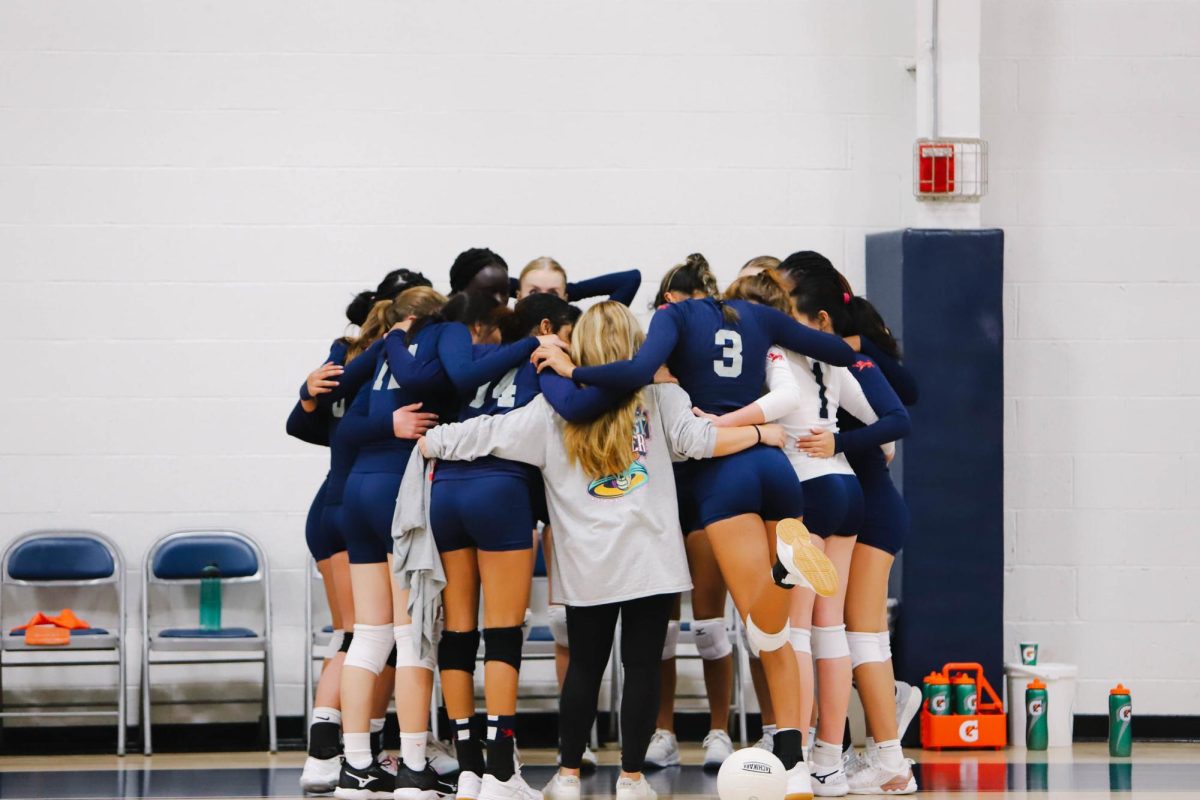
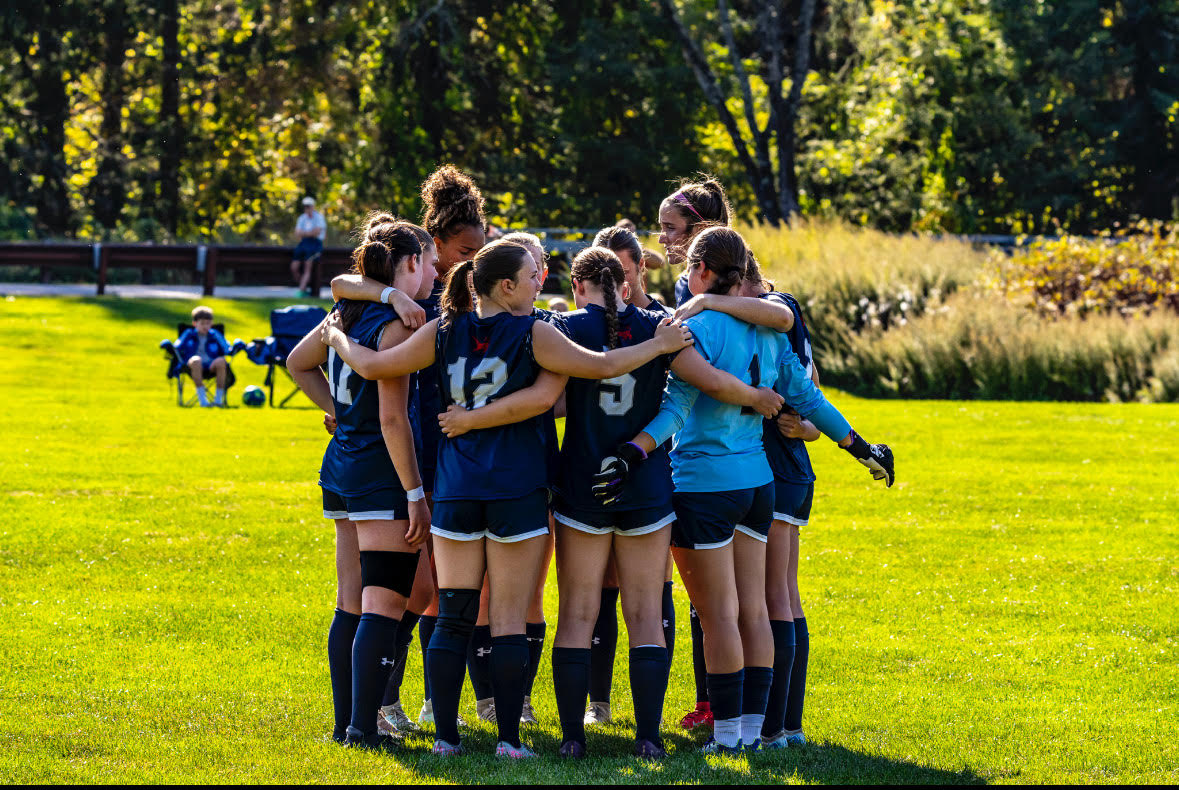




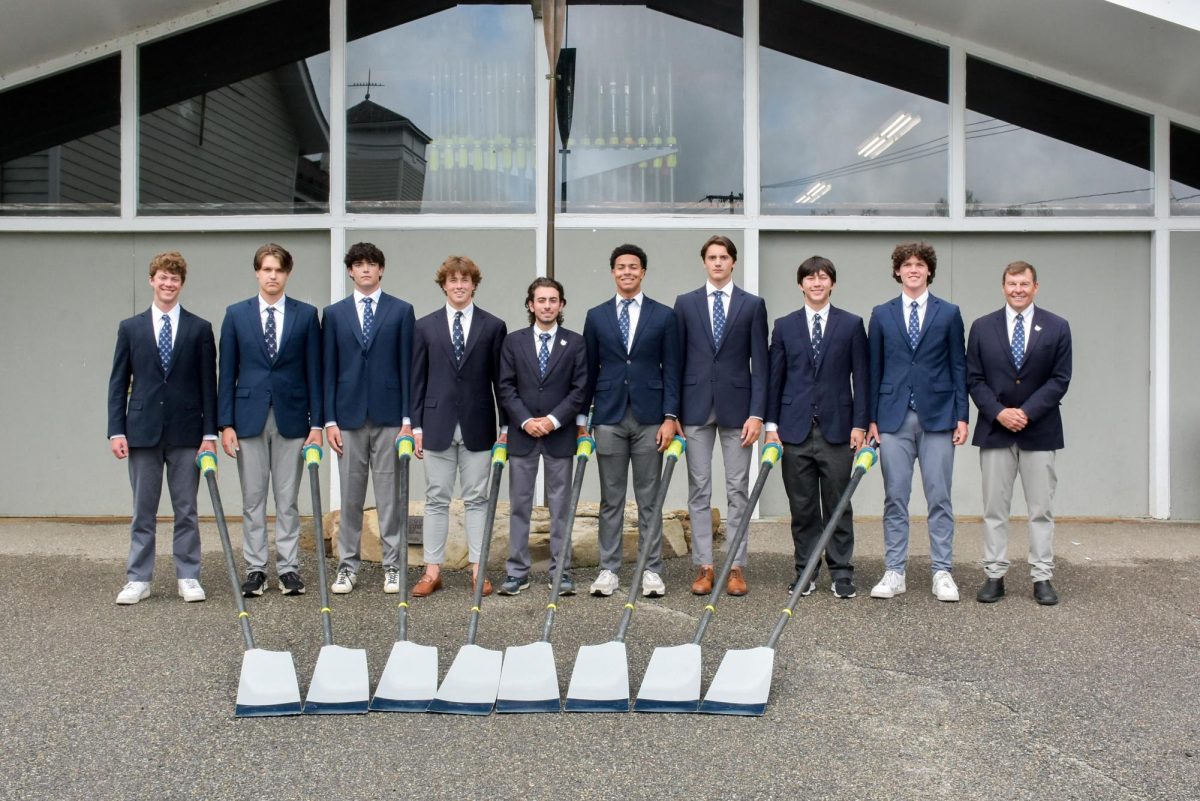
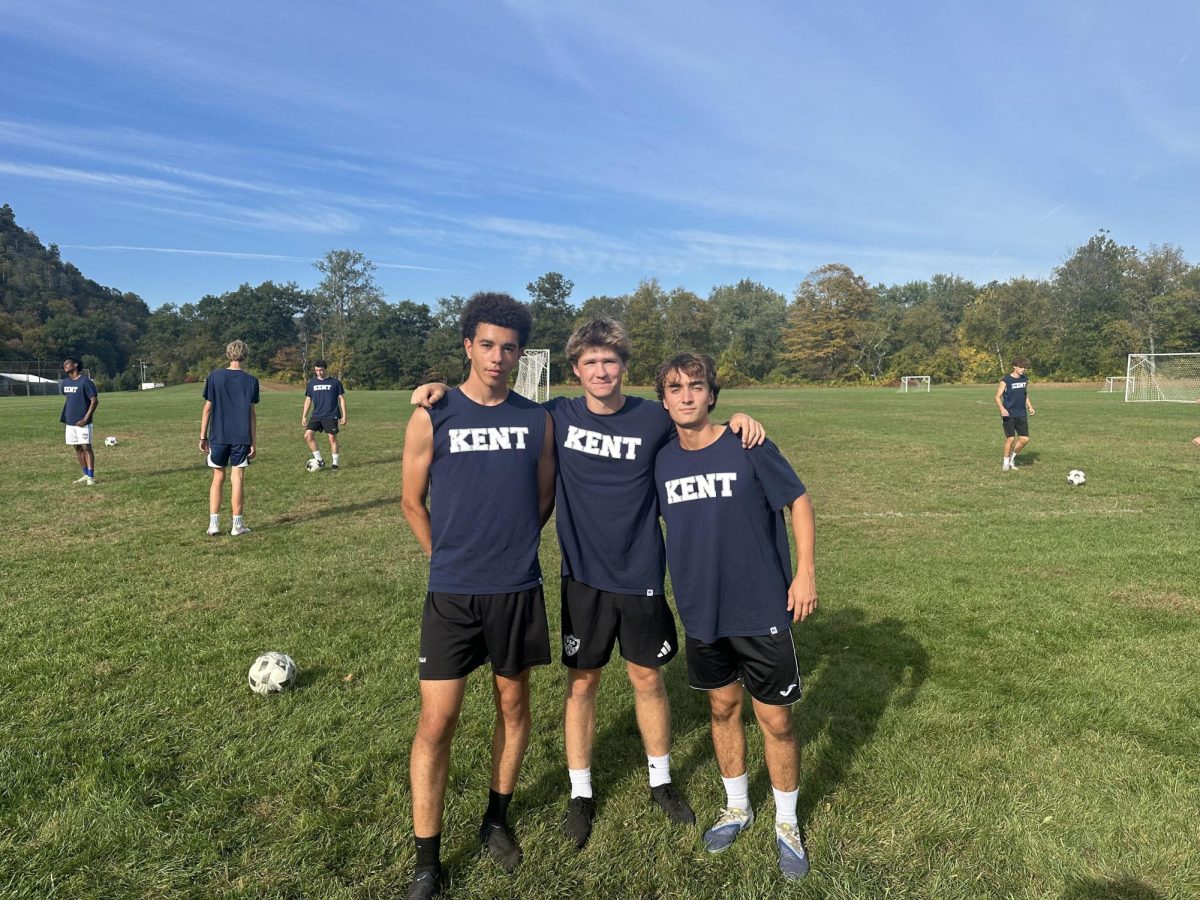


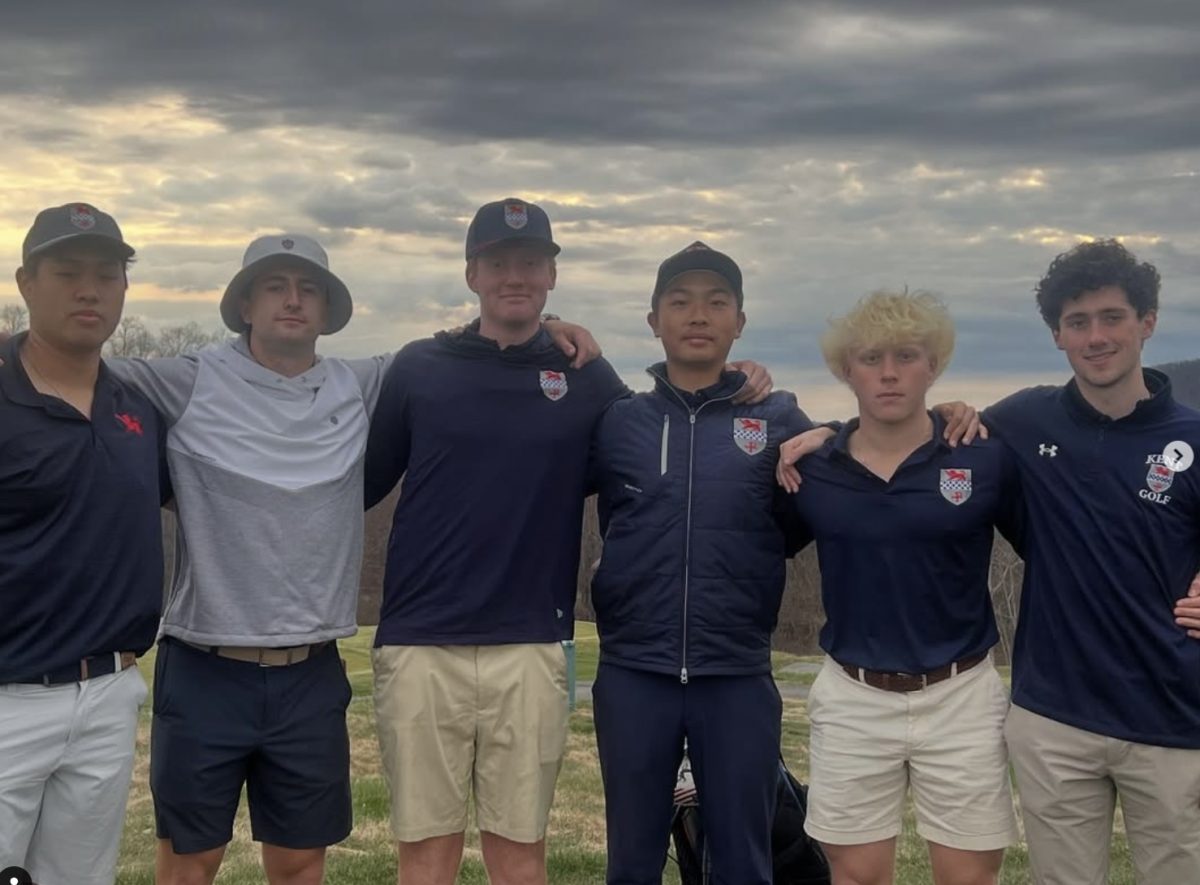
Lance Slaughter • Apr 12, 2024 at 8:00 am
Playing 3rd (and 4th) level sports was my introduction to team sports. I learned foundational skills that gave me confidence and the expectation that I would advance to higher level competition.